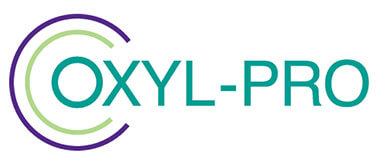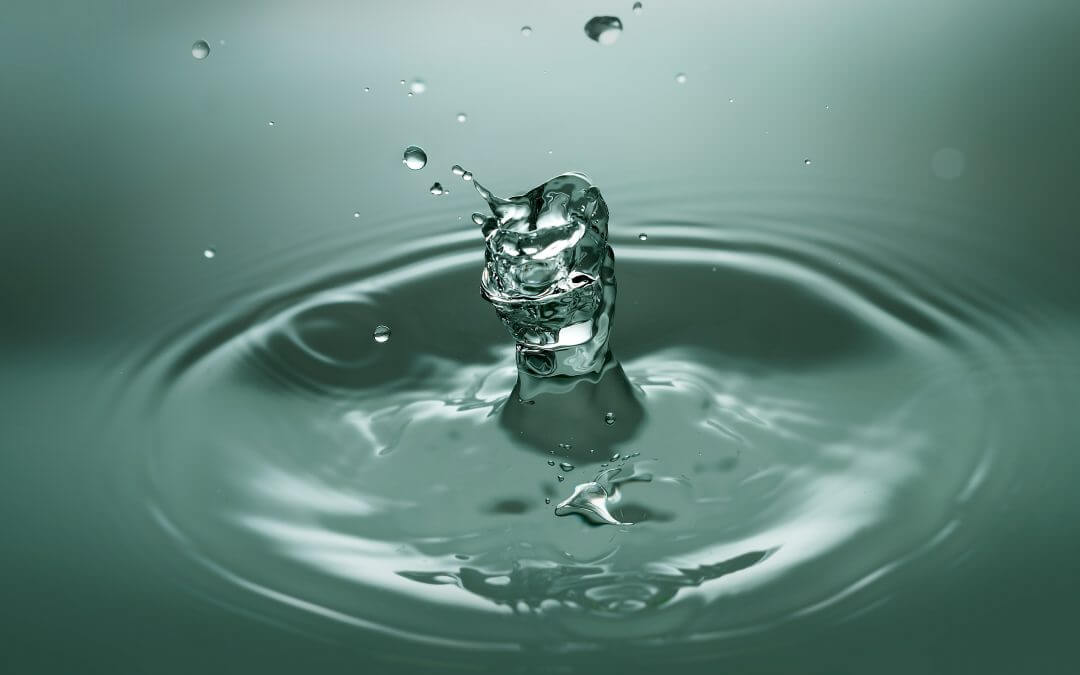The legionella bacteria is the cause of legionnaire’s disease, a serious type of lung infection.
Common sources of infection are water supply systems, including water tanks, large plumbing systems, cooling towers, shower heads and sink taps.
Legionella control is, therefore, crucial in ensuring the delivery of safe water supplies.
What is Legionella?
Legionella is bacteria and it occurs naturally in freshwater lakes and streams, and it is widespread in nature. It is a type of pathogenic gram-negative bacteria, which includes the species L.pneumophila. This can cause acute pneumonia.
Normally, legionella only causes a health problem when it makes its way into man-made water supplies, where it can then grow and spread.
Legionella bacteria will grow most effectively in warm temperatures, and where it interacts with other environmental organisms.
The bacteria gets its name from an outbreak of what was then a mystery disease, in 1976, at a convention of the American Legion, which is an association of military veterans.
There are several major sources of legionella, including domestic water systems and showers, cooling systems and cooling towers, tanks, cold and hot water systems, humidifiers, thermal spas and pools.
How Do You Test Legionella in Water?
There are various techniques for testing for legionella in water. Typically, they involve a swab or bottle.
Swab sampling collects surface samples using a sterile swab. However, the most common method is bottle bulk water sampling.
Once collected, there are different methods for testing samples for legionella.
- The culture method detects legionella colonies on BCYE agar, which is buffered charcoal yeast extract. BCYE agar is a selective growth medium, which will culture or grow certain types of bacteria. The disadvantage of this method is that it takes 10 days to complete.
- Another testing method is polymerase chain reaction (PCR), which is much faster. It involves taking small segments of DNA and amplifying them.
- The Centre for Disease Control (CDC) developed the direct fluorescent antibody (DFA) testing method in 1978. This uses the principle of fluorescence microscopy to detect the presence of particular antigens. It involves the use of fluorescent chemicals and a special light source.
Are there Acceptable Levels of Legionella in Water?
Although legionella is a naturally occurring bacteria in freshwater lakes and streams, there are no safe levels of it in man-made water systems.
There have been outbreaks of legionnaire’s disease that have come from water systems containing very low levels of legionella.
Consequently, any water management programme should aim to reduce the hazardous conditions that enable legionella to grow in water systems and supplies.
What is Legionnaire’s Disease and Who is at Risk?
The legionella bacteria causes legionnaire’s disease. This disease is an acute form of pneumonia.
When someone contracts legionnaire’s disease, the legionella bacteria infects their lungs. If left untreated, it can stop the lungs from working properly.
If this happens, the lungs are unable to pass enough oxygen into the blood.
Sepsis can be another complication arising from legionnaire’s disease. This is a severe reaction to bacterial infection, in which the body goes into septic shock. If this happens, blood pressure drops, resulting in the organs not receiving enough blood to function properly.
There is treatment for legionnaire’s disease, but some people do die from this illness.
Anyone can catch legionnaire’s disease, but some groups are more at risk, including:
- Men – it can be up to five times more common in men
- People over 50
- Smokers
- People who drink a lot of alcohol
- People with long-term lung problems
- Diabetics, people with heart disease or chronic kidney disease.
- People with weak immune systems.
How to Minimise Legionella Growth
Controlling legionella in water and minimising its growth are vital in water management. Even smaller, less complex water systems can become compromised without regular, proper maintenance.
A key way of minimising legionella growth is with specialised water treatment, and one important form of treatment involves ensuring the water distribution system is clean.
Oxyl-Pro Clean is a highly effective biofilm remover, and when you remove biofilm from water systems and pipes, you remove the source of bacteria that allows legionella bacteria to survive.
Oxyl-Pro contains no toxic metals, making it suitable for domestic water systems as well as grey water systems. It is odourless, tasteless and colourless.
It will kill legionella, pseudomonas, yeasts and fungi.
For more information about this versatile, next generation disinfectant, call us on on +44 1606 851 782, email enquiries@oxylpro.com or complete our contact form.

